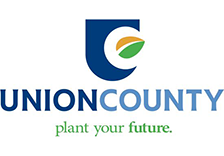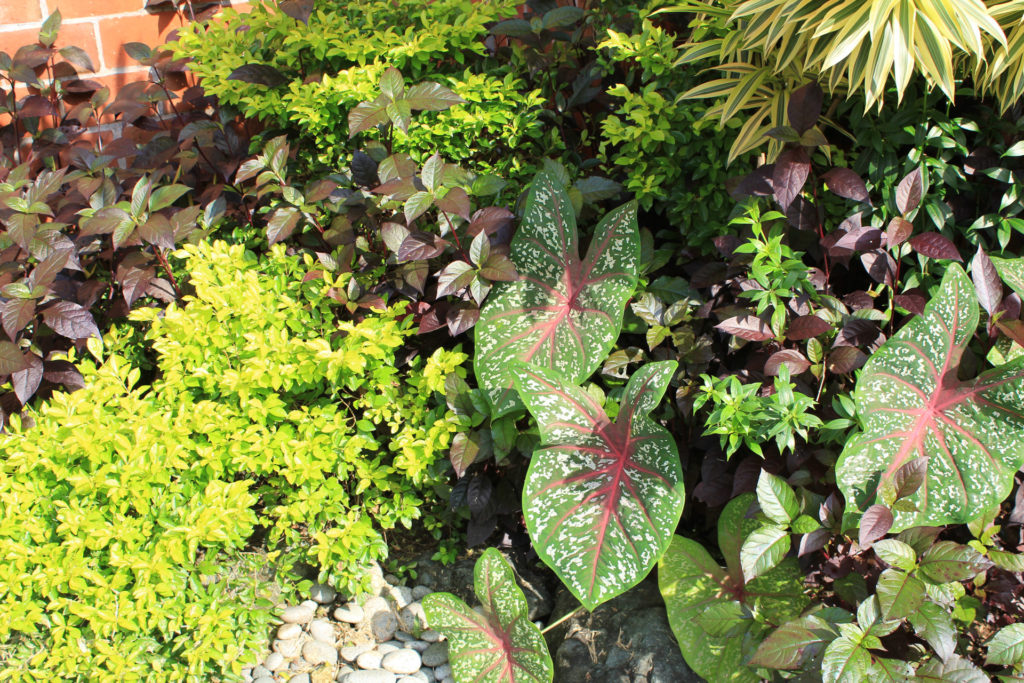Selecting Quality Landscape Plants
go.ncsu.edu/readext?658738
en Español / em Português
El inglés es el idioma de control de esta página. En la medida en que haya algún conflicto entre la traducción al inglés y la traducción, el inglés prevalece.
Al hacer clic en el enlace de traducción se activa un servicio de traducción gratuito para convertir la página al español. Al igual que con cualquier traducción por Internet, la conversión no es sensible al contexto y puede que no traduzca el texto en su significado original. NC State Extension no garantiza la exactitud del texto traducido. Por favor, tenga en cuenta que algunas aplicaciones y/o servicios pueden no funcionar como se espera cuando se traducen.
Português
Inglês é o idioma de controle desta página. Na medida que haja algum conflito entre o texto original em Inglês e a tradução, o Inglês prevalece.
Ao clicar no link de tradução, um serviço gratuito de tradução será ativado para converter a página para o Português. Como em qualquer tradução pela internet, a conversão não é sensivel ao contexto e pode não ocorrer a tradução para o significado orginal. O serviço de Extensão da Carolina do Norte (NC State Extension) não garante a exatidão do texto traduzido. Por favor, observe que algumas funções ou serviços podem não funcionar como esperado após a tradução.
English
English is the controlling language of this page. To the extent there is any conflict between the English text and the translation, English controls.
Clicking on the translation link activates a free translation service to convert the page to Spanish. As with any Internet translation, the conversion is not context-sensitive and may not translate the text to its original meaning. NC State Extension does not guarantee the accuracy of the translated text. Please note that some applications and/or services may not function as expected when translated.
Collapse ▲Checklist for Selecting Quality Landscape Plants
As Spring arrives and you visit your local garden center to purchase plants for your landscape, remember to examine the plants well before making a purchase. This is regardless of whether you will be purchasing bare-root, container-grown, or balled & burlapped plants.
A Basic Checklist to begin with:
- For all plant types
- Make sure the trunk or stem is not damaged.
- Make sure there are no signs of insect or disease pests.
- For bare-root plants
- Examine the roots to make sure they are not crushed or broken; roots should be moist, not dry or brittle.
- For container-grown plants
- Pull the plants from the container to examine the roots – plants should have a well-established root system, but not to point of outgrowing the container or being rootbound. Roots coiled around one another, circling the surface of the container, or coming out of the drain holes are signs the plant is rootbound.
- For balled & burlapped plants
- The rootball should be compact and firm; if loose or cracked, the root system may be damaged.
Also consider Form, Shape, and Proportion
- For all plant types
- Determine if the above-ground and below-ground parts of a plant top are in proportion to each other. The plant needs sufficient roots to supply the top part of the plant with water and nutrients.
- For both container-grown and balled & burlapped plants
- Look for trees and shrubs with full, natural shapes
- Good form is a sign of quality and care. Plants with good form grow into attractive, natural shapes. The trunks of healthy, well-formed plants are straight in the ball and container and do not have slanted, twisted, or deformed stems.
- Avoid plants with major bare spots due to missing or broken limbs. Misshapen trees and plants only look more awkward as they grow.
By starting with a healthy plant you give that plant the best chance to grow and bring enjoyment to your garden for years to come.





